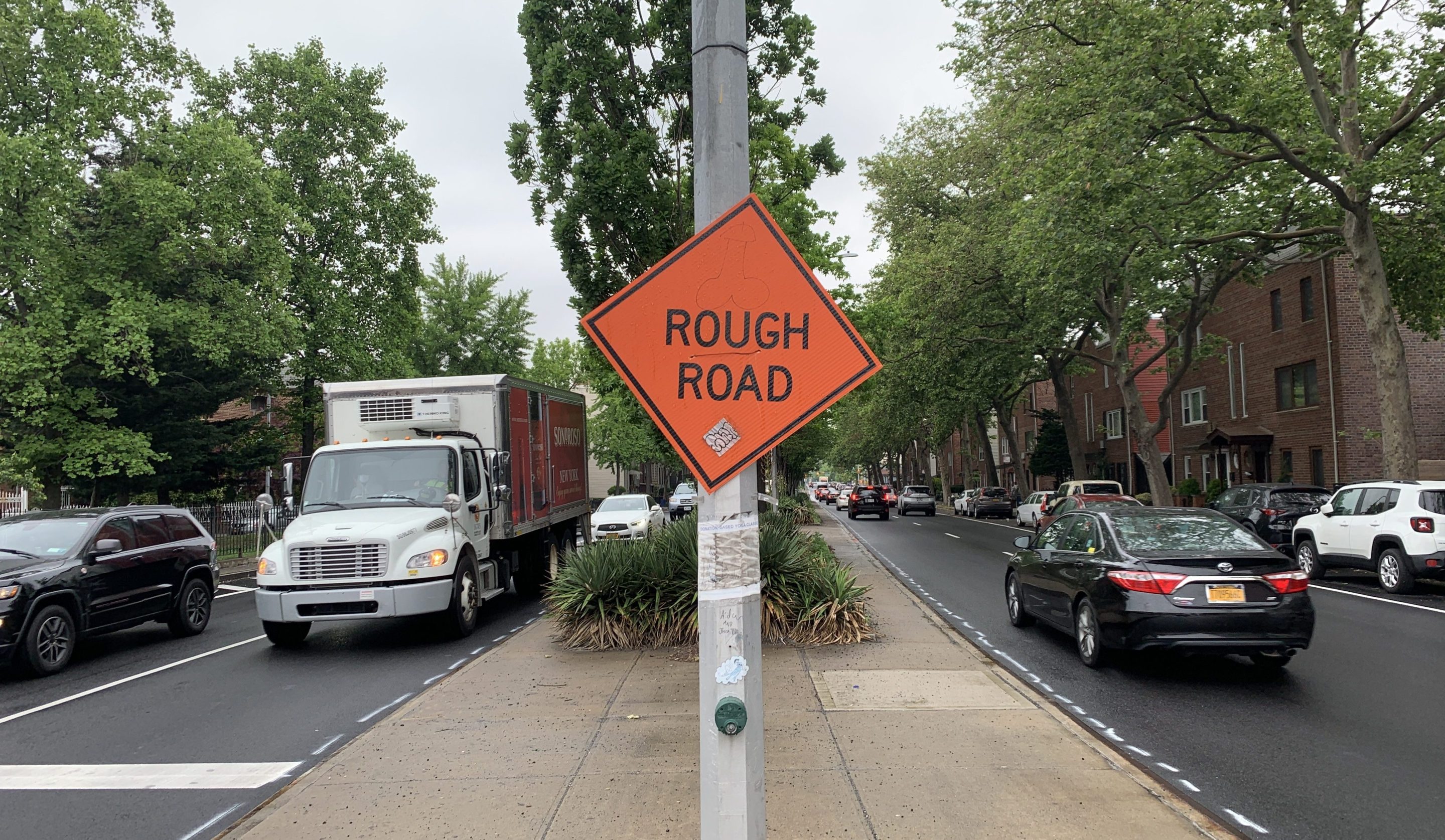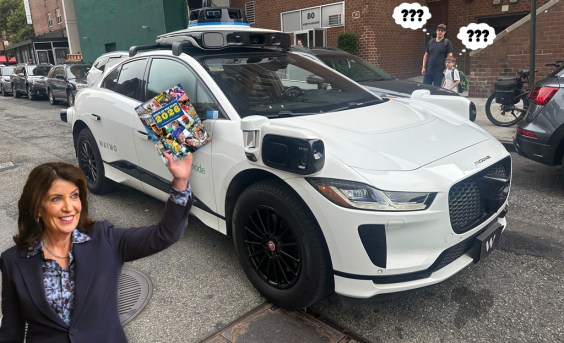When I first arrived in New York City in 2006, I was a recent college graduate working two internships (one paid $50 a day, the other was unpaid) and a part time job at the New York Observer for $12 an hour. I lived on a friend’s floor for six months until I managed to save up enough for a deposit on a room in Greenpoint. My rent was $600 and even that didn’t leave me with much after. It was difficult to manage expenses — until my roommate offered me a bike he found in the garbage. It was an old steel cruiser that had been run over by a car.
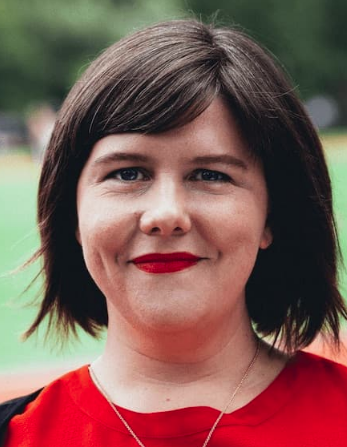
“If you get a new seat and some new wheels, you’ll never have to pay for the subway again,” my friend promised. This is how I became a cyclist.
The bike was heavy as hell but I didn’t know any better. I rode that thing all over the city, across the Williamsburg Bridge and into Manhattan. It wasn’t fast, but it was surprisingly fun, and best of all, it cost nothing. It was also such a hunk of junk that no one tried to steal it, ever.
A few years and several jobs later, I read an article in the Greenpoint Star that changed my life forever. It was about Craig Murphey, a 26-year-old who worked at the West Harlem Action Network Against Poverty. He was biking in Williamsburg when he was hit and killed by an oil truck driver at Union Avenue and Ten Eyck Street while riding his bike. He looked like he could have been a friend of mine.
It was one of those moments that changed my course of action. Murphey was doing God’s work, serving the people, and he was killed brutally and randomly using the tool I used every day. I will never forget that moment. I realized I needed to fight for people like me: those who were struggling to get by, who relied on bicycles and community to navigate the hyper-capitalist city. Some people might have put their bike away after reading about Craig. But I felt, deeply, that my bike was my ticket to the world and that this was a systemic failure, not a personal one. A cyclist should be safe, and the city had a responsibility to make it so. I knew from my hours on bridges and at stop lights that there were many of us out there, and that we were wholly ignored and at best, vilified.
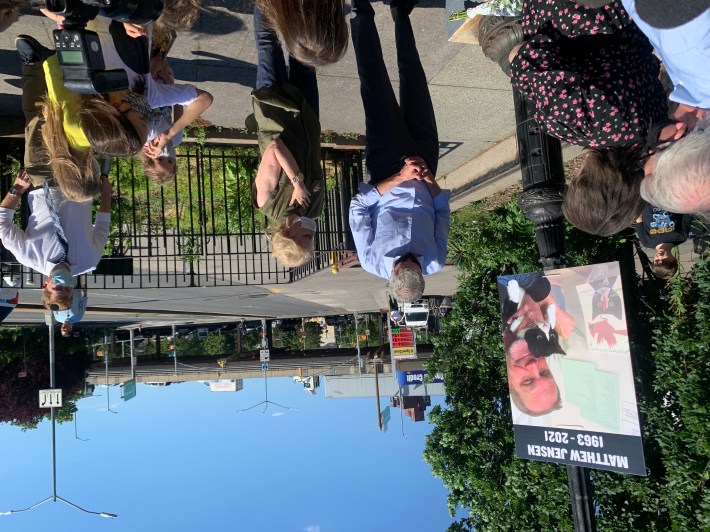
As the early years progressed, I built a strong network of friends and allies organizing locally for park space, environmental remediation, tenants rights, rent stabilization, and of course, safe streets. Every night I’d ride my clunker home and stop just before McGuinness Blvd, where I lived at the Calyer Street intersection. Year after year, I attended Ghost Bike vigils, where my peers and I installed white bikes at the intersections where folks who we knew, who were all ages and races and employment backgrounds, had been killed by automobile drivers. I eventually moved over to Greenpoint Avenue, and later that year a pedestrian who was my age was killed crossing at the intersection where I had lived. My roommate saw his body get carted away. It was clear to me that McGuinness was deadly.
When I later moved to the other side of McGuinness, my new apartment was two blocks from an illegal waste operation, and riding home at night I would see just how many of the garages, shuttered in the daytime, were used for private waste carting. Later investigations done by then-Council Member Antonio Reynoso found that many of these trucks were literally falling apart and killing their own non-unionized workers. One night I looked out the window and witnessed a moped rider get slammed by a garbage truck driver. I ran outside as the man was bleeding out in the street and told him to hold on. I called the ambulance, but it didn’t come for over 45 minutes. By that time, the cyclist had crawled away and I could see his path by the blood on the road. I never found out what happened to him. I have so many memories of witnessing crashes and injuries that it’s actually quite surreal. One day there was a car accident on Calyer Street and McGuinness and I brought the victims my dishtowels and helped them press the wounds on their heads while waiting for an ambulance. I can’t shake these memories. The color of blood, the victims' shock and insistence that they were fine despite their wounds and broken bones, their attempts to get away despite their injuries. The blood on the road.
"Keep McGuinness Moving"? Really? Here's the human toll of this fast-moving car sewer: Since Jan. 2014, there have been 1,443 reported crashes (>150 crashes per year), injuring 331 people, many severely. "Keep McGuinness Moving"? Tell that to the victims. @broadway_stages pic.twitter.com/GD6MEpZuS2
— Streetsblog New York (@StreetsblogNYC) June 13, 2023
My friends and I continued to advocate, cry, and watch our friends die. In 2012, we sat along McGuinness with speed guns and paper, calculating how many people cut corners, failed to yield to pedestrians, ran red lights, and more. This work was eventually compiled in a TransAlt study and was used to advocate for speed cameras and a lower speed limit. McGuinness was added to the Safe Streets for Seniors program, but nothing was done. It wasn’t enough. It was too tempting to blow through the lights at night when no one else was on the road. Trucks roared down the road in the middle of the night. Every night and every morning, I still had to cross that street.
When I ran for office in 2019, I spoke out about my time doing gig work to make ends meet and how I looked forward to supporting full labor rights for exploited “independent contractors.” This made me a target for an independent expenditure funded by Lyft and other ride-share companies. My campaign already didn’t have any money behind it — just the many neighbors I had worked with over the years — so a big corporation getting involved was scary. Despite being outspent nearly seven to one in that election, I miraculously unseated the 50-year incumbent.
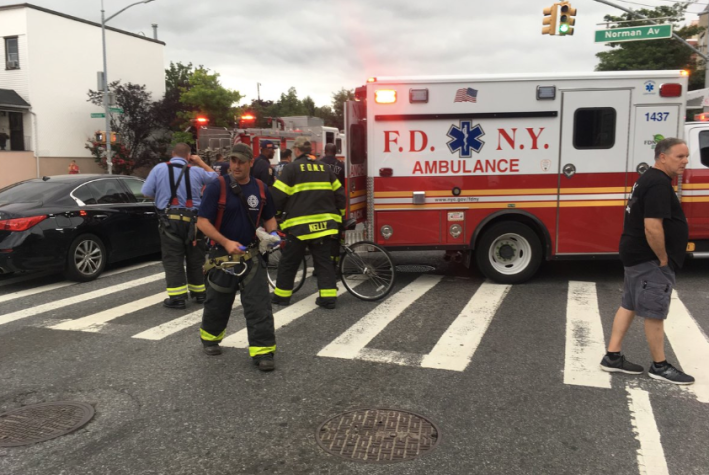
A few months into office, I got the news that there was another death on McGuinness. This time, beloved teacher Matthew Jensen. “Why doesn’t anyone do something about this terrible dangerous street,” a local parent cried on the phone to me. This was the question I had been asking my entire adult life. I told her she would have to organize, and I would do what the people asked me to do. She started Make McGuinness Safe.
I knew how all of this worked, so I begged the DOT to make the most extensive public process possible. We sent updates by every medium available to us and I attended every meeting I could, including three town halls. I saw thousands of people participate — my office alone received outreach from more than 4,000 constituents demanding transformative change. Finally I was on the other side of the mirror, and I got to see and realize just how many people cared. I was relieved, because I used to feel like I was screaming into a void. So many District 50 residents desperately want this change.
Now, after two years of public engagement, a year after three plan options were presented, and a month after one was finally selected, a well-financed campaign to maintain the deadly status quo has emerged.
A challenge of being an elected official is finding the balance between the diverse stakeholders in the community. The hardest thing about it is that emotion drives so many perspectives. I truly believe that the opposition to a road diet on McGuinness is about fear, bad faith and control.
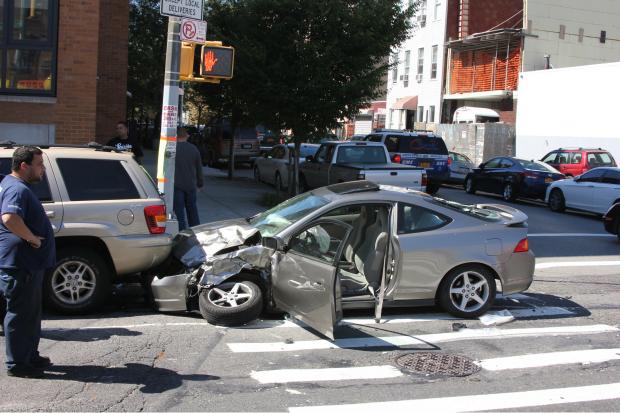
In my years of interest in the issue, I’ve read and studied a great number of solutions for the problem of traffic fatalities. Like gun violence, it’s a uniquely American problem, because we refuse to pay attention to data and facts. Here are the facts:
- It is a fact that commercial thoroughfares that had a road diet experience an increase in commercial activity.
- It is a fact that there are fewer injuries and crashes when automobile traffic is reduced and other forms of mobility are accommodated.
Many of the claims against the road diet are demonstrably false, and the DOT has already addressed them multiple times in public meetings.
For example, McGuinness Boulevard is no longer considered an evacuation route — we’ve changed the entire way we do emergency management. DOT said this and explained it in a recent community meeting, and yet the explanation was ignored.
For another example, we know that truck traffic is already illegally turning onto side streets. In fact, my office has been fighting for more enforcement in Eastern Greenpoint. Most of these trucks are cutting through from the interstate to the Brooklyn-Queens Expressway — with the change in the design, this will no longer be a recommended route via GPS for long haul travelers, directing them instead to the Koscuizko Bridge, so it will eventually reduce non local traffic entirely.
More examples? The plan contains loading zones that will make it easier for all delivery trucks to find a place to temporarily park, load and unload. Bike lanes are specifically designed to accommodate emergency vehicles.
When you have a good faith discussion, and all the clear and factual explanations are ignored, again and again and again, then you know people aren’t looking for answers, but rather, people are demanding compliance to their personal preference.
In our community, it may have once been true that if you gave donations to politicians, they would especially accommodate you and your wishes. That is not true anymore, which may be hard for some to accept. I came to equally represent those who can’t or don’t have the money that amplifies their voice and vision, those that only have their vote and voice, because that’s been my experience in life. My genuine inspiration for wanting safer streets — a lifetime of work and study, trauma and grief — is too pure for my detractors to stomach. They have made up many ulterior motives for me, including an extensive and elaborate conspiracy theory about me being a puppet of, of all things, Lyft — the very company that is openly opposed to me holding office because I advocate for workers rights.
I hope the mayor doesn’t fold and stays the course with the safe streets he committed to deliver. We don’t see eye-to-eye on everything, but he always understands cyclists, pedestrians and other vulnerable road users need safer streets. This is the mayor’s chance to prove himself a champion and deliver the safe design our community has asked for. Greenpoint is ready for change.
Emily Gallagher represents Greenpoint in the state Assembly.
